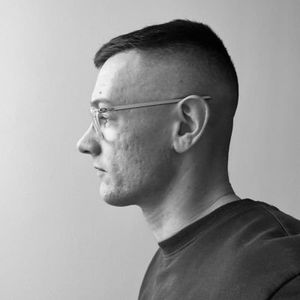For the Nlaka'pamux, the process of healing after a year of fires, floods, findings of unmarked graves and the loss of loved ones to the COVID-19 pandemic involves cultural celebration and unity as much as it involves tasks like rebuilding highways and bridges.
As we reported in a recent article, community members in the Nicola River Valley are recovering after catastrophic floods, super-charged by the climate emergency and excessive logging, destroyed homes, infrastructure and livelihoods last November.
For the region’s Indigenous Peoples, the past year has also meant grappling with the re-traumatizing findings of unmarked graves on the former grounds of Canada’s genocidal residential schools, including at Tk’emlúps te Secwepemc (Kamloops), as well as deaths caused by COVID.
Amid these compounding hardships, said Chief Arnie Lampreau of the Shackan First Nation, bringing people together is crucial.
“The fires, floods and all of these other things that happened actually bring us together, and I think that it's a good thing,” he explained.
“We need to pray together; we need to sing together; we need to talk together and hear each other.”
On Friday, April 8, Shackan First Nation put this call for unity into practice by hosting a traditional gathering for healing and teaching, which included a powerful bear ceremony, an ancient practice through which Nlaka'pamux peoples celebrate one of their most important teachers.
The bear, said Chief Lampreau, is an essential part of the region’s ecology and his Nation’s culture.
“Bear was the number one teacher in our own societies of the day, because bear taught you how to take care of yourself,” Chief Lampreau explained.
“If you got hurt, it showed you what berries to eat, what foods to eat, how to take care of yourself in the wintertime.”
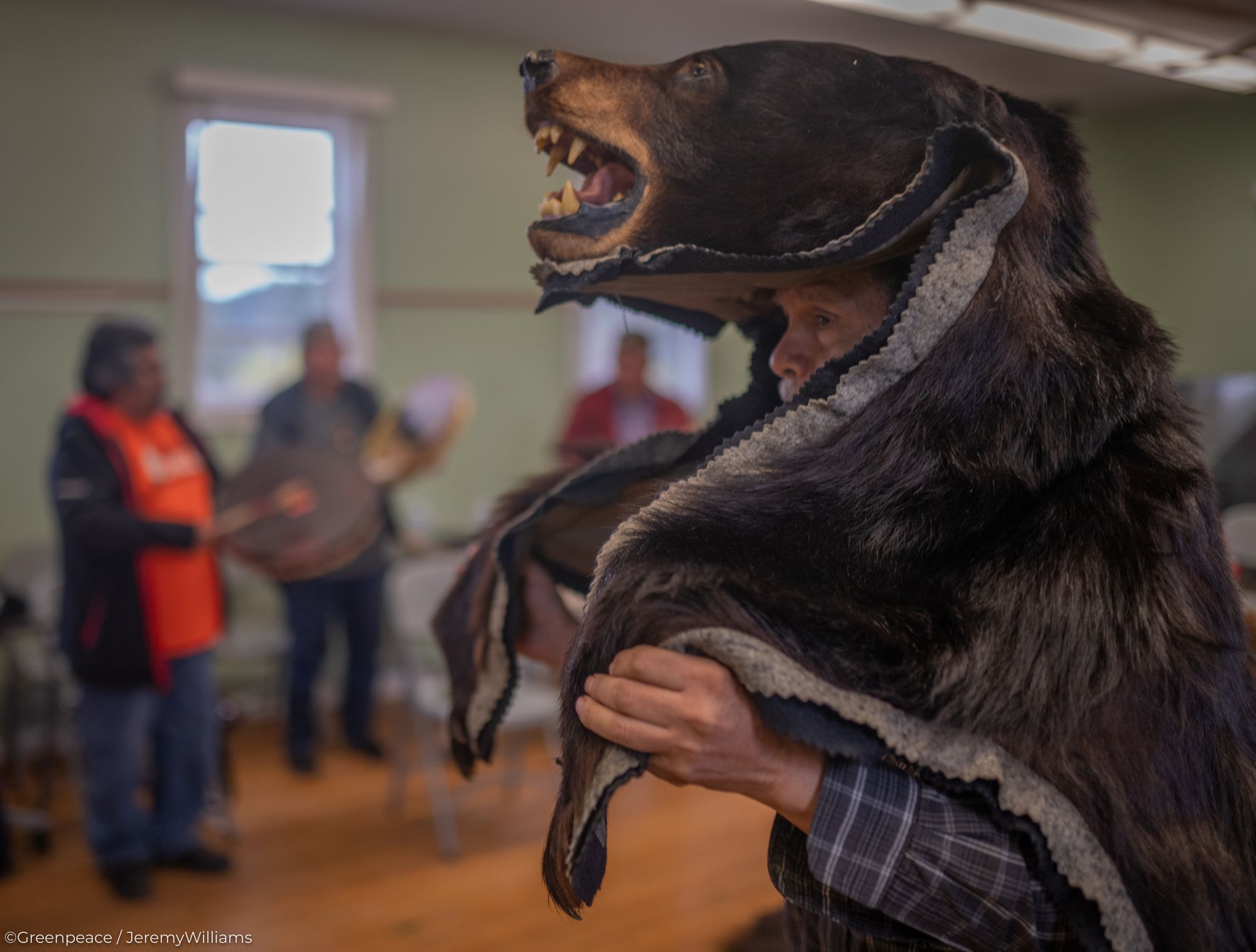
Last month’s bear-dancer ceremony, which featured stl'atl'imx dancers, allowed members of the community to touch the bears and release any sorrow and hurt that they were carrying; physical and emotional pain.
“If my shoulder was sore, I’d ask for them to rub my shoulders, and I see other people asking them to rub their knees and whatever else, and so they're asking for that power of the bear to heal them or take some of that pain away,” said Chief Lampreau.
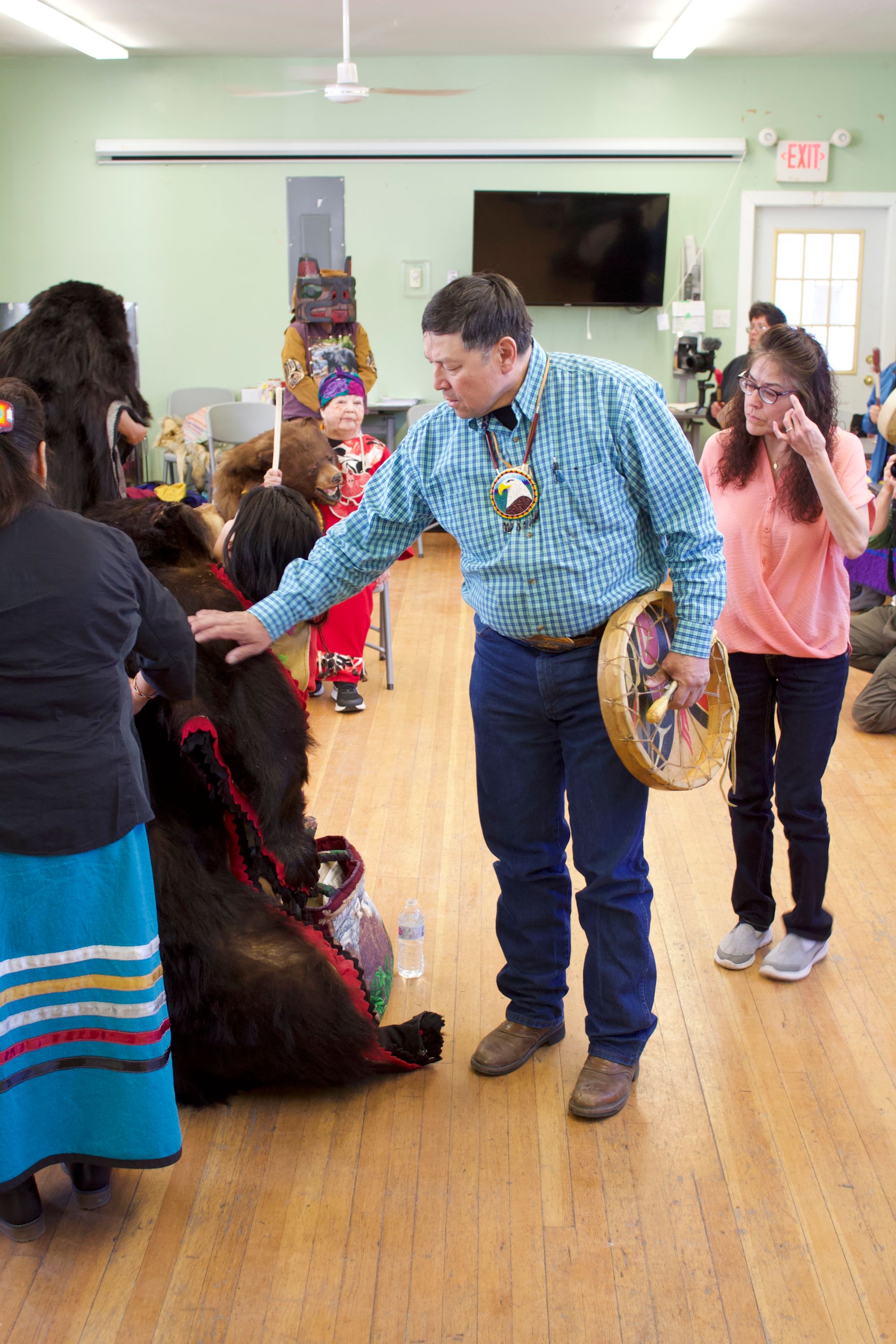
During the ceremony, participants also had the opportunity to be smudged and brushed off by cedar.
“That ability to have that traditional medicine, that traditional teaching, the culture, is very important,” Chief Lampreau explained. “At the end of this ceremony, when we walked away, we felt a whole lot lighter, not feeling that heaviness.”
“It was just a beautiful day, and it doesn't get much better than that.”
The coming together of Nlaka'pamux Peoples and their relatives throughout the region means bringing down the artificial borders imposed by settler-colonial governments.
Lee Seymour, a Shackan member, said the boundaries that separate his community from his cousins in reserves in Lillooet, Boston Bar, Kelowna and elsewhere leave him with a “funny feeling.”
“You’re just putting a border there, and I don’t know why but I kind of feel like I should be part of them,” he explained.

That feeling was magnified by the floods, which displaced and scattered his community. Seymour said that when he had to leave the Shackan reserve to stay in a hotel, it felt like being in a jail.
“When you come back home [after the floods], you still don't have that feeling of home yet, because the community is still spread out like they're not a community or they're still maybe in shock or something; that communication, that feeling is not there,” he said.
It’s not only the aftermath of the floods that has created an imbalance and unsettling change, Seymour continued. The rapidly changing climate has seen crisp, snowy winters give way to wind and rain. Summers were always warm, he said, but now the hot spells are more intense and erratic.
“People can't adapt to that,” said Seymour. These existential challenges make gatherings like the bear-dancer ceremony so important, he noted.
“We have to start somewhere,” Seymour explained. “I think that's a very strong part of the thing that's going to pull us together, because we're all fighting for the same thing.”
“It gives us a little bit more power inside, feeling that we're working together as a community.”
A history of unity
Steve Basil, a member of the Bonaparte First Nation who was also at the bear-dancer ceremony, said that unity among Indigenous People in the region can be traced back to a meeting in 1911 between southern Interior chiefs at Spences Bridge.
At that meeting, where Basil’s grandfather was present, the chiefs signed the Declaration of the Lillooet Tribe, demanding recognition of their land that was never sold to the B.C. government.
“Each nation that came together had a responsibility within their own territories, and the concerns that they had and the direction that they wanted to go was universal in terms of each nation wanting the same thing, wanting communities of people to stand up and take responsibility for the land, the environment, the animals, and everything that they depended on,” said Basil.
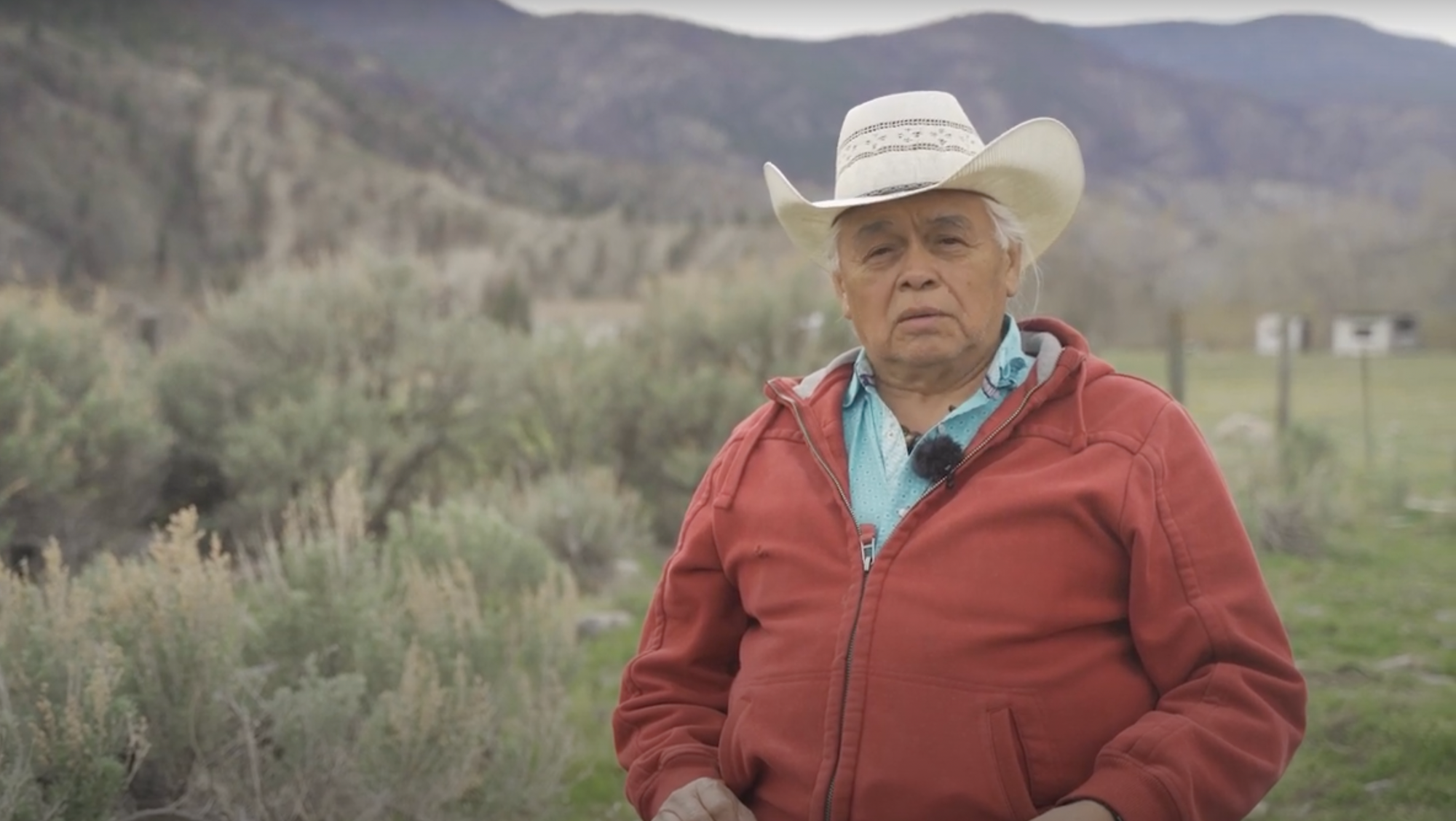
He noted that the meeting would have taken a lot of time to arrange given the various territorial disputes between some of the chiefs, but they ultimately came together in peace to work with each other and share territory. “That's the same thing today,” Basil said.
The 1911 meeting also resulted in several marriages, and today Basil has relatives in Lower Nicola, Spences Bridge, Shackan, Cooks Ferry, Lytton and all the way to the Fraser Valley and the Okanagan.
He explained that the boundaries imposed by colonial governments are at odds with the traditional roles of Indigenous chiefs, whose duties extend far beyond the limits of reserves.
“The roles and responsibilities of our people don't stop at that reserve boundary; it's a little box that we've been put into,” said Basil. His people, he explained, were once nomadic, and didn’t reside permanently in one location.
“I have no boundaries, and I practice that by my food gathering, my medicine gathering,” said Basil. “I tried to share with people and other communities that they're not controlled; you can go beyond, there's not a fence or line there that you have to stop at.”
In the past, Basil explained, his people would gather wild potatoes, onions, celery and medicines to distribute among the community.
“We had our spiritual, cultural and traditional people that took on the responsibility of the well being of the community,” he added.
Traditional practices, Basil explained, also enabled his people to better manage the risks of fires and floods.
For example, controlled burns reduced the amount of fuel available for wildfires. But this practice eventually became prohibited by the colonial authorities. “As a result, we have a lot of undergrowth and pine needles piling up, and once that lights up into fire, there's no control,” said Basil.
Traditional practices were also seriously harmed by the intergenerational trauma inflicted by Canada’s genocidal residential school system, he said.
“The residential school system has taken a lot of our traditional governance system away from us in relation to the teachings, and brainwashed our leadership,” said Basil.
“We have to go back into that traditional way of doing things, that traditional governance.”
A year of trauma
Ko’waintco Michel, who represents the Nla’kapamux Nation at the Interior Region Nation Executive Table, said cultural ceremonies and being together has been crucial to healing from the past year’s events, particularly after the news about the 215 unmarked graves in Kamloops a year ago.
Michel’s mother and two older sisters both attended the Kamloops residential school.
“I really cried hard that day,” said Michel. “I was so impacted.”
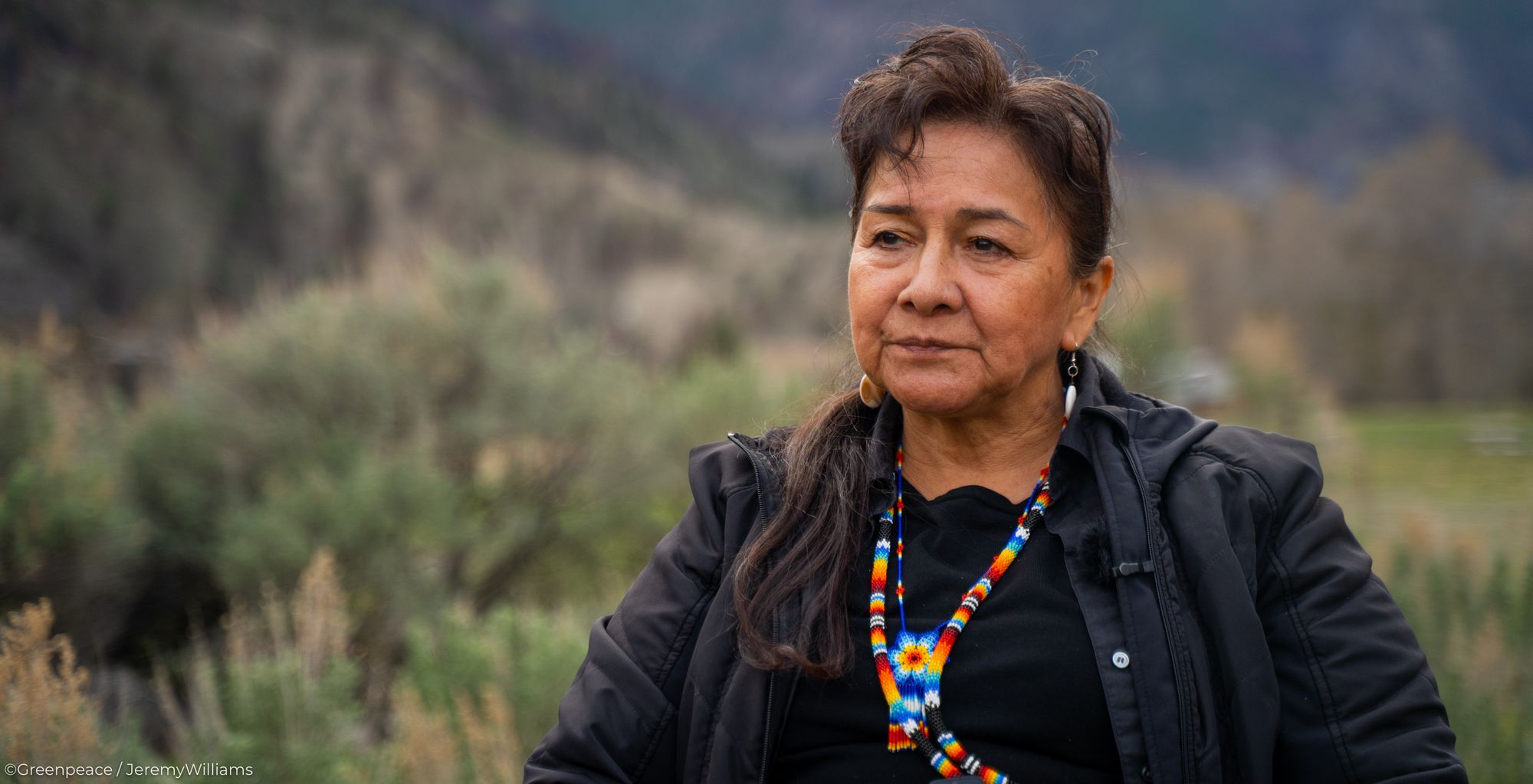
After hearing the news, she organized a meal at her house for her family and some friends, and prepared a fire.
“After we finished sharing at the table about the news, I was really glad I was there with my older sisters, because they were pretty shocked with the news too,” Michel explained.
They sat around the fire, and talked about Michel’s uncle Ernie, who ran away from the Lytton residential school several times because it was so abusive and the conditions so unbearable.
“They were fed food that was sometimes like mush,” said Michel. “It was spoiled.”
The third time Ernie ran away, he wasn’t caught. He hid away in the mountains, said Michel.
Before residential school survivors and their families had the chance to address the trauma brought up by the findings at Kamloops, the wildfire that burned Lytton to the ground displaced people in the region from their homes.
“We were to have a ceremony [in Kamloops], then the fire happened,” said Michel. After that, the floods forced community members to evacuate yet again. These disasters followed a series of deaths caused by the pandemic, during which funeral services could not be conducted due to public health restrictions.
“Now we're just having to do some really major healing to deal with all those impacts,” Michel explained. “Having a ceremony with the brushing: That was to acknowledge all those things that happened to us. We need to take care of our spiritual part of ourselves and heal and move forward.”
The ceremony, she continued, allowed those who were carrying heavy emotions and trauma to have some of those feelings literally brushed away.
“Sometimes when some of us do the brushing, we pull stuff out that people hold on to,” said Michel. “Maybe they're holding on to being angry or hurt about something. We pull that out, and when we clean it out of their vessel, it leaves room for them to get connected with themselves.”
“When they get connected with themselves, they can think more clearly, feel lighter, look at the world for what it is instead of being in a state of shock or trauma. I call it spiritual surgery.”
The ceremony also involved drumming and singing, which Michel said is partly to make sure that the person being brushed does not feel the pressure of being the sole focus in the room.
She echoed the observation that the traumatic events of the past year have brought people in the region together.
“Through this whole incident of the flood, and the fire, it brought our community together, where some of us were divided,” Michel said.
“There still is a lot of healing we need to do because we still have to deal with the 215 children, we still have to deal with the displacement of people who lost their homes.”
Ancestors bring people together
As noted in the previous article, a traumatic aspect of the physical repair process following the floods has been the discovery of ancestral remains that were unearthed by the swollen river.
Chief Lampreau and Amelia Washington (whose home was destroyed by the flood) both explained that the ancestors are allowing themselves to be found as a wake up call about the importance of protecting and reclaiming the land and water.
Chief Lampreau sees another significant outcome of the ancestral findings. Their discovery, he explained, necessitates discussions among local Bands about where in the valley the ancestral remains should be laid to rest.
Like so much else in the past year, these discussions have also brought people together.
“Some of the discussions with leadership have been about how these ancestors are actually going to be the ones that are going to be bringing us together, and I think that's very valuable,” said Chief Lampreau.
“We really need to come together at this time right now.”
Edited by John Young. With special thanks to Chief Arnie Lampreau, Lenora Starr, Jerri Apsassin, everyone else at Shackan First Nation, and Jeremy Williams.
Alex Cosh is the managing editor of The Maple.

